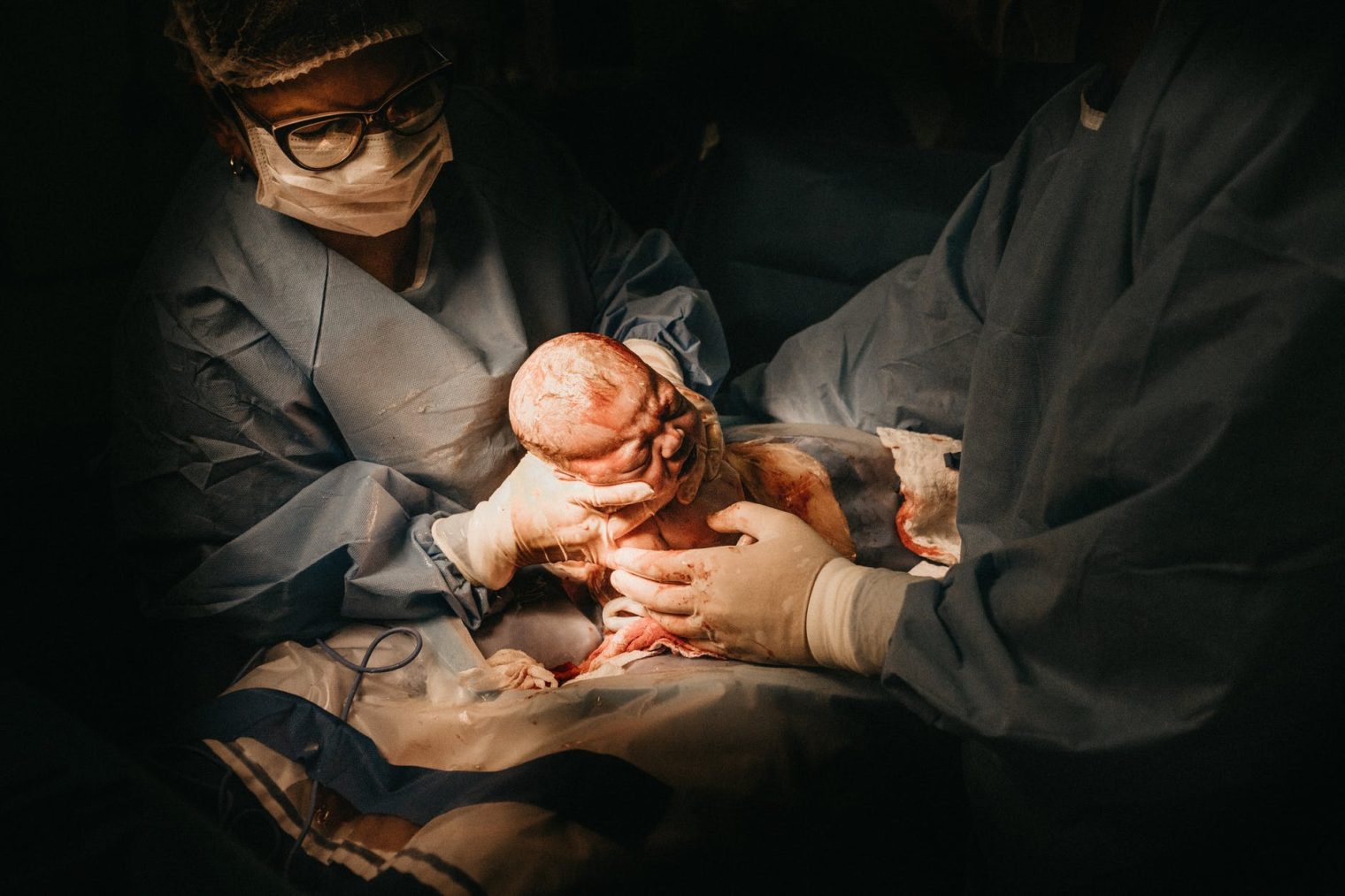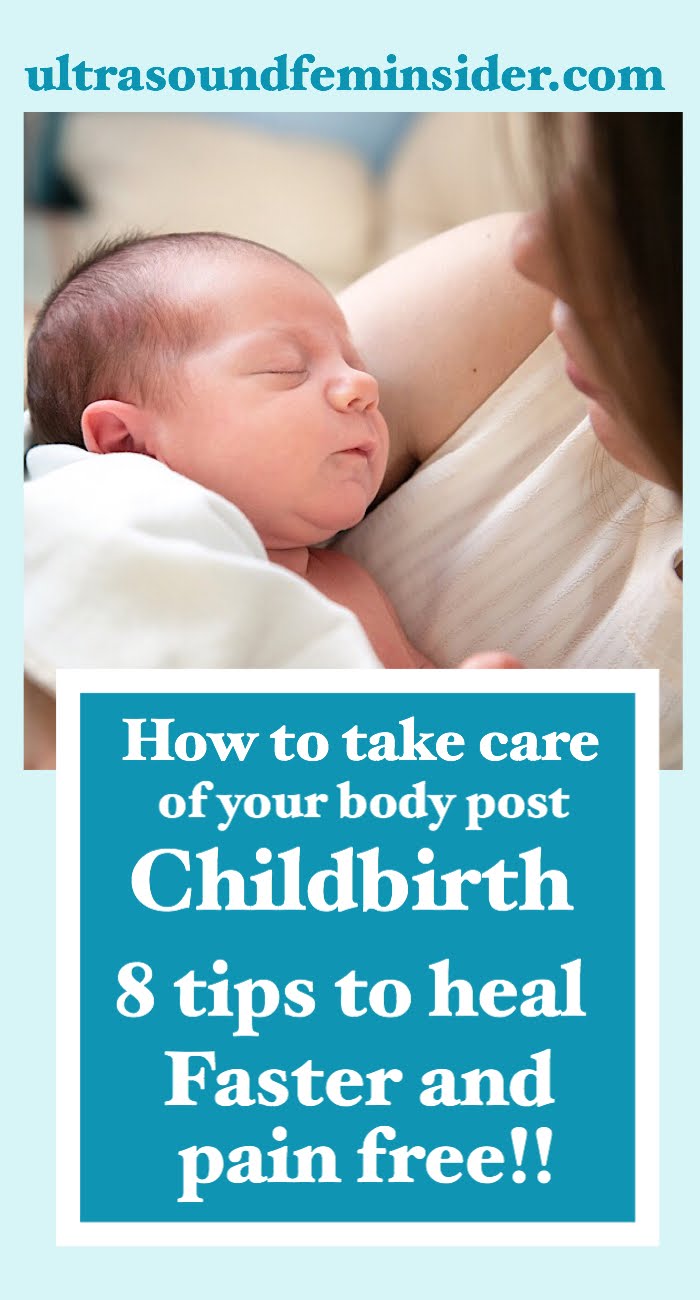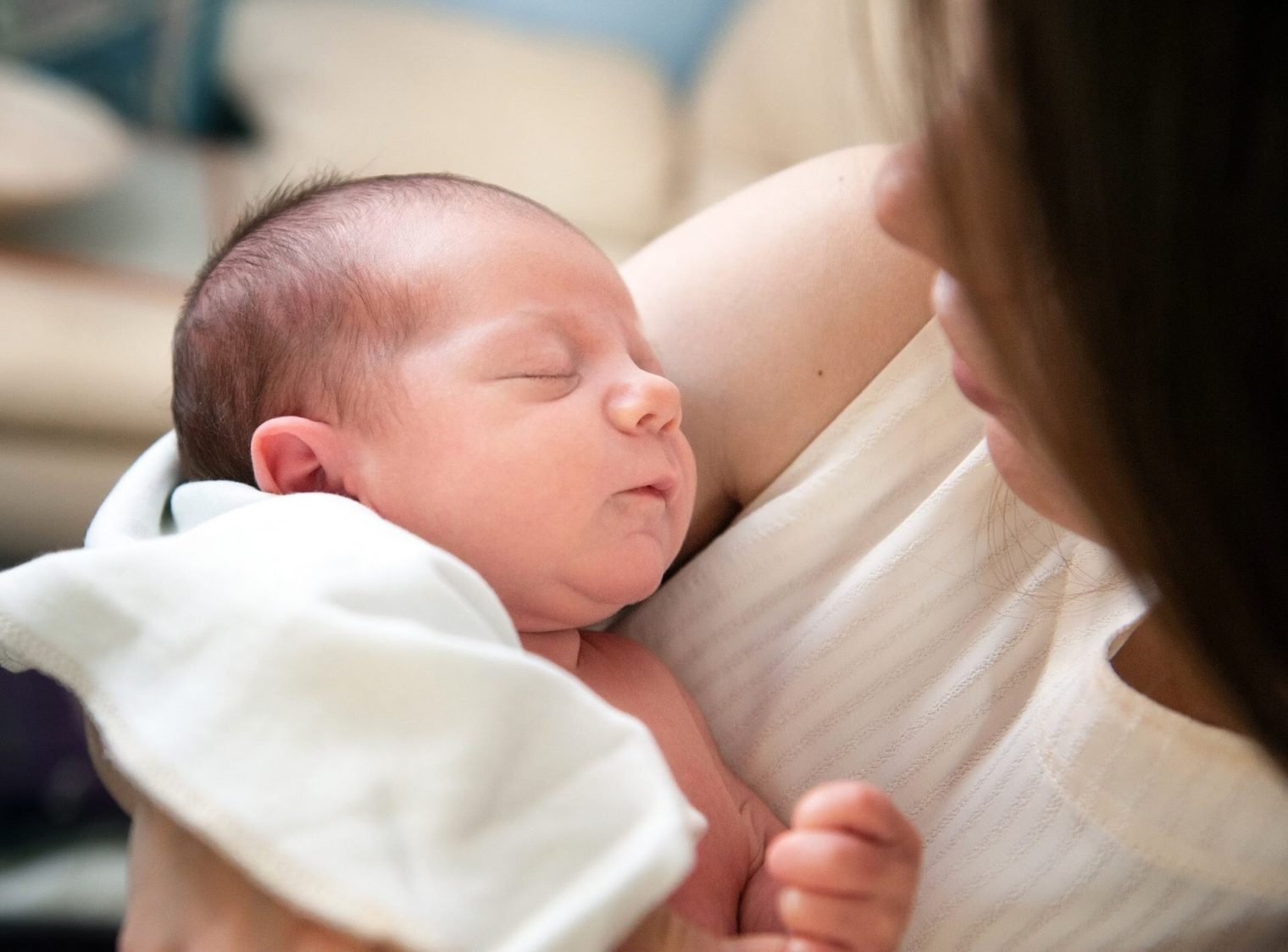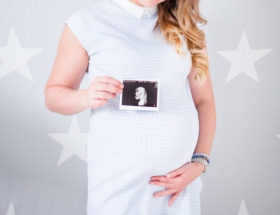You just had a baby and now what’s next? Well, you have just started the postpartum period, one of the most painful periods of motherhood in my opinion. In this post, I will give you important information about the postpartum period and How to recover faster after childbirth. Ready? Let’s begin.

First, let’s understand the Postpartum Period and all the changes in your body.
The 6 – 8 weeks after delivery is the postpartum period where the uterus has to shrinks back to its normal size, and during this time, it’s very common to experience pain, soreness, bleeding, painful urination and a whole list of symptoms that I will be listing later on the post for you.
Let’s take a look first to some of the Physiological Changes in your body.
What is happening with the Reproductive System?
- Involution occurs during the postpartum period, involution means that the reproductive organs, mainly the uterus returns to their non-pregnant size. Involution occurs more quickly in women who are well-nourished and ambulate early after birth.
- Contractions plays an important role in the postpartum period because it allows the uterus to return to its previous size quickly and also prevents bleeding’s and hemorrhage.
- Lochia (Postpartum bleeding) starts to appear as a bloody discharge as soon as 3 days after birth and can be extended for at least 3 weeks.
- The cervix is soft and malleable immediately after birth, but once contractions stop, the cervix almost immediately goes back to its previous shape.
- The vagina returns to its pre-pregnant state through contractions after the entire postpartum period but remains slightly distended than before. Kegel’s exercise helps return the strength and muscle tone of the vagina.
What’s happening with the Hormonal System?
- As soon as the placenta is delivered and no longer there, pregnancy hormones start to decrease.
- HPL and hCG are significantly low by 24 hours after birth.
- Progestin, estrogen, and estradiol return to their pre-pregnancy levels a week after birth.
- FSH remains low for 12 days and then starts to increase to signal the start of a new menstrual cycle.
Common symptoms that might be present in the postpartum period, lasting days & even weeks after delivery:
- Vaginal pain and soreness
- Vaginal discharge and bleeding
- Contractions or cramping that is usually painful
- Hemorrhoids and painful bowel movements
- Constipation
- Frequent or painful urination
- Breast soreness
- Hair loss and skin changes (especially dryness)
- Mood swings, including serious Postpartum Depression
Most of the physical symptoms associated with postpartum recovery and postpartum care can be easily managed with the following:
- Pain from vaginal birth: Motrin (ibuprofen) will control pain. In some cases, the physician may prescribe other narcotic pain medication for women with severe vaginal tears.
- Pain from the cesarean section: Motrin and Percocet (or another Tylenol/narcotic derivative) are the most commonly prescribed pain medications for post-cesarean section pain relief.
- Constipation: If constipation occurs, over-the-counter Colace, Milk of Magnesia, or Miralax may be recommended.
- Hemorrhoids: Over-the-counter Tuck pads, Preparation H and Proctofoam can be used to relieve and treat hemorrhoids which can develop during delivery.
- Cracked/sore nipple: The early stages of breastfeeding can lead to painful side effects. For cracked or sore nipples, use lanolin cream or Earth Mama nipple cream is wonderful too.
Please keep in mind that it’s always a good idea to consult with your doctor if at any point, symptoms worsen or unusual symptoms occur, including feelings of postpartum depression.
Share the post!

Related posts you might be interested in:
How to prevent preterm labor naturally.
C-section and vaginal delivery, all you need to know
Third trimester weeks, the ultimate checklist.
How to recover faster after childbirth. Important tips.
1. Get Lots of Rest.
This is a very important one, Sleeps every time the baby sleeps.
This is the time where you should be resting as much as possible.
Get your room set up to be functional and comfy, get a little bassinet to put next to your bed, you can include some healthy snacks and water as well in your preparations.
Rest, sleep, snuggle with your baby. Give yourself permission to rest if you can.
This is not the time to housework. Just time to heal and bond with your baby.
2. Drink a lot of water.
It will help flush out bad toxins from your body, allow your hormones to start leveling out, help replace all the fluids that are coming out of you (excess fluids from swollen legs, postpartum bleeding, milk production.)
Your body needs more replenishing than imaginable right now. It will not only make you feel better but also heal faster.
3. Help yourself to fight postpartum depression.
Postpartum depression is a silent enemy. When all hormones begin to fall, linked to lack of sleep and getting used to your new life, it can be overwhelming, and how can you prepare to defend yourself from postpartum depression?
A big nutrient to take during pregnancy and during your postpartum period is DHA with EPA. DHA is an Omega 3 that could possibly help you prevent postpartum depression.
4. Wear comfortable clothes and underwear.
During the postpartum period, for several reasons your abdomen will be swollen, the uterus takes approximately 4 weeks to gradually return to its usual form and size, therefore try to keep fresh and very comfortable clothes at hand, and also mesh underwear, this are SUPER comfortable, breathable and do a great job holding your giant pads in place.
Before you head home from the hospital, ask your nurse if she can give you some extra pairs of mesh underwear, if not you can get some here
5. Eat foods that will support Your Healing Postpartum body.
Healing begins with what you put in your body. You may be thinking that it’s not that important. But what you eat during this time will affect how well and how quickly you heal and recover.
Calories are important, but nutrients are what’s actually will help your wounds to heal.
The nutrients and vitamins most essential for healing postpartum wounds are protein, vitamin C, vitamin A, and zinc.
Ideally, include lots of fruits and veggies, along with good quality protein. For protein, you can eat good quality meat, eggs, bean, and rice.
Also try to include foods high in vitamins and minerals discussed above, such as:
Carrots, Broccoli, Mango, Cantaloupe, Sweet Potatoes, Kale, Pumpkin seeds and Asparagus.
6. Keep Taking Your Prenatal pills.
Your body is even more depleted now than it was before you got pregnant. Your body has been using a lot of its nutrients to build and grow your baby.
Make sure that you have a high-quality prenatal vitamin at hand.
Why do you need prenatal pills after birth?
Simply because the nutrients your baby receives during breastfeeding are a direct result of what you eat or drink. According to the American Pregnancy Association, it is essential that newborns receive adequate levels of vitamins A, D, E, and K, as well as water-soluble vitamins such as C, riboflavin, and niacin. Depending on your diet, your physician or lactation consultant may recommend that you keep taking your prenatal vitamins as long as you breastfeed your baby.
Also, prenatal vitamins can help you restore your iron levels to a more normal level to replenish your energy level and combat anemia, in case you lose blood during birth.
And finally, even if you’re not breastfeeding, prenatal supplements can help to fill in nutritional gaps and can be taken up until six weeks after giving birth.
7. Create a Postpartum Healing Kit.
You’re going to want everything you need for your body at your fingertips. Find a basket that you can keep handy at the bathroom with everything that will help heal your wounds and bring you some relief.
The absolute essentials are:
- Peri bottle.
- Maternity pads.
- Stool softener.
- Numbing spray.
- Healing ointments.
8. Practice sitz bath for faster healing after childbirth.
During delivery, the vagina and perineum can be injured, which may cause bruising or swelling in this area. These injuries can cause significant pain in new mothers. Taking a sitz bath is a simple and easy way to relieve pain and discomfort in the vaginal area and perineum after childbirth.
It’s also used to promote faster healing, aside from warm water, certain herbs can be added to the bath. Herbs that possess antibacterial and wound-healing properties can help reduce vaginal soreness and swelling, as well as speed up the healing of perineal bruising and tears due to childbirth.
For more information about how to do or prepare a bath and herbs to use in it for faster healing check this link here.
Final thoughts about how to recover faster after childbirth.
As you can see Postpartum recovery isn’t easy. While pregnant you are so excited to take care of your baby while they are still in your womb, and you plan for their arrival perfectly, but so many new moms forget to prepare for postpartum.
I hope these postpartum tips will help you heal quickly and painlessly if so leave me your comments below. If you like this post, please share with other mommies, it might be beneficial for them too.
Zadi, XO.










[…] Caring tips for your postpartum body. Heal painlessly. […]